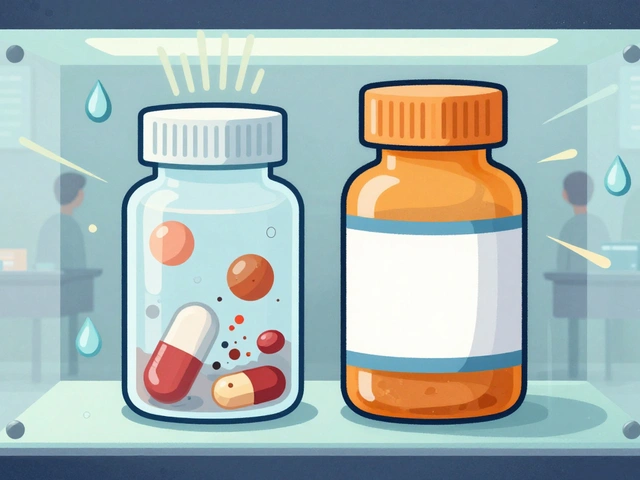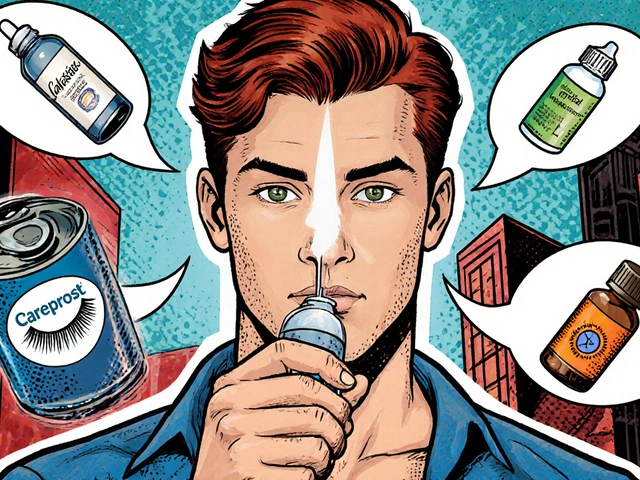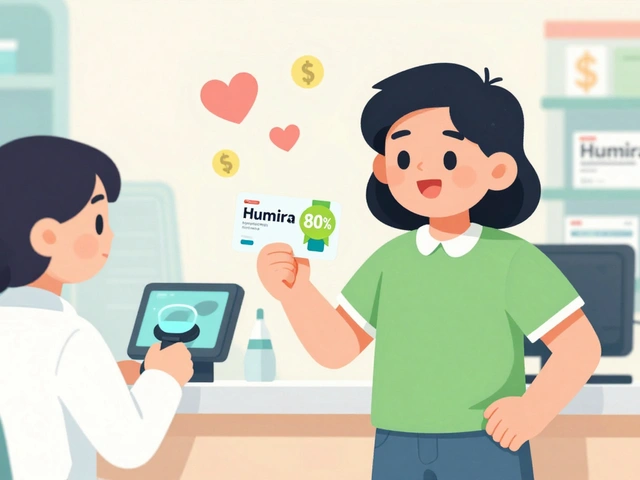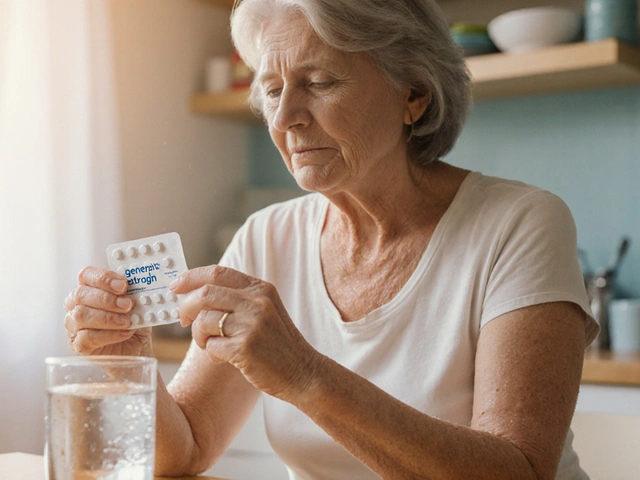Patient Assistance Programs – Your Quick Guide to Free or Discounted Medicines
Ever looked at a prescription label and thought the price was insane? You’re not alone. Many people don’t know there are programs that can cut or even wipe out those costs. Those are called patient assistance programs (PAPs). They’re run by drug makers, charities, and even the government to help folks who can’t afford their meds. Below you’ll find the basics, who can sign up, and how to get the most out of them.
What Are Patient Assistance Programs?
PAPs are basically free‑or‑low‑cost drug plans. If you have a chronic condition, a high‑price brand name drug, or just a limited income, you might qualify. Most programs ask for proof of income, a doctor’s prescription, and sometimes a short health questionnaire. The paperwork can feel a bit much, but the payoff is worth it – you could get your medication for nothing or a fraction of the retail price.
There are three main types:
- Manufacturer programs: The drug’s maker supplies the drug for free or at a reduced cost.
- Non‑profit programs: Charities like the HealthWell Foundation or the Patient Access Network provide grants.
- Government programs: Medicaid, Medicare Part D Extra Help, and the 340B program help low‑income patients.
How to Apply and Maximize Benefits
Step 1: Talk to your doctor. They know which drugs have PAPs and can fill out the required forms. Many clinics keep a stock of paperwork for common meds.
Step 2: Check the drug maker’s website. Look for a “Patient Assistance” or “Copay Assistance” link. You’ll usually find a PDF with eligibility rules. If you’re not comfortable filling it out alone, ask a pharmacy tech for a hand.
Step 3: Gather your documents. Common items include a recent pay stub, tax return, proof of residence, and your prescription. Keep everything in one folder – it speeds up the process.
Step 4: Submit the application online or by mail. Online portals are faster, but some programs still need a hard copy. After you send it, you’ll get a confirmation email or letter. If they ask for more info, respond quickly to avoid delays.
Step 5: Follow up. A quick call or email after two weeks can keep your file moving. If you’re denied, ask why – many programs let you appeal if you can show a change in income or health status.
Quick tips to boost your chances:
- Apply for one drug at a time – it’s easier to track.
- Keep your doctor’s contact info handy; they might need to confirm your prescription.
- Use a consistent address for all paperwork; mismatched info can cause a denial.
- Don’t forget expiration dates. Some PAPs only cover a set number of months before you need to reapply.
Remember, PAPs aren’t just for seniors or the uninsured. If you have a high‑deductible plan, a chronic disease, or a short‑term disability, you could qualify. The key is to stay organized, ask questions, and keep the lines of communication open with your health team.
Bottom line: you don’t have to choose between health and money. Patient assistance programs exist to bridge that gap. Take the first step today – check your prescription, talk to your doctor, and start the application. You’ll be surprised how many doors open when you know where to look.
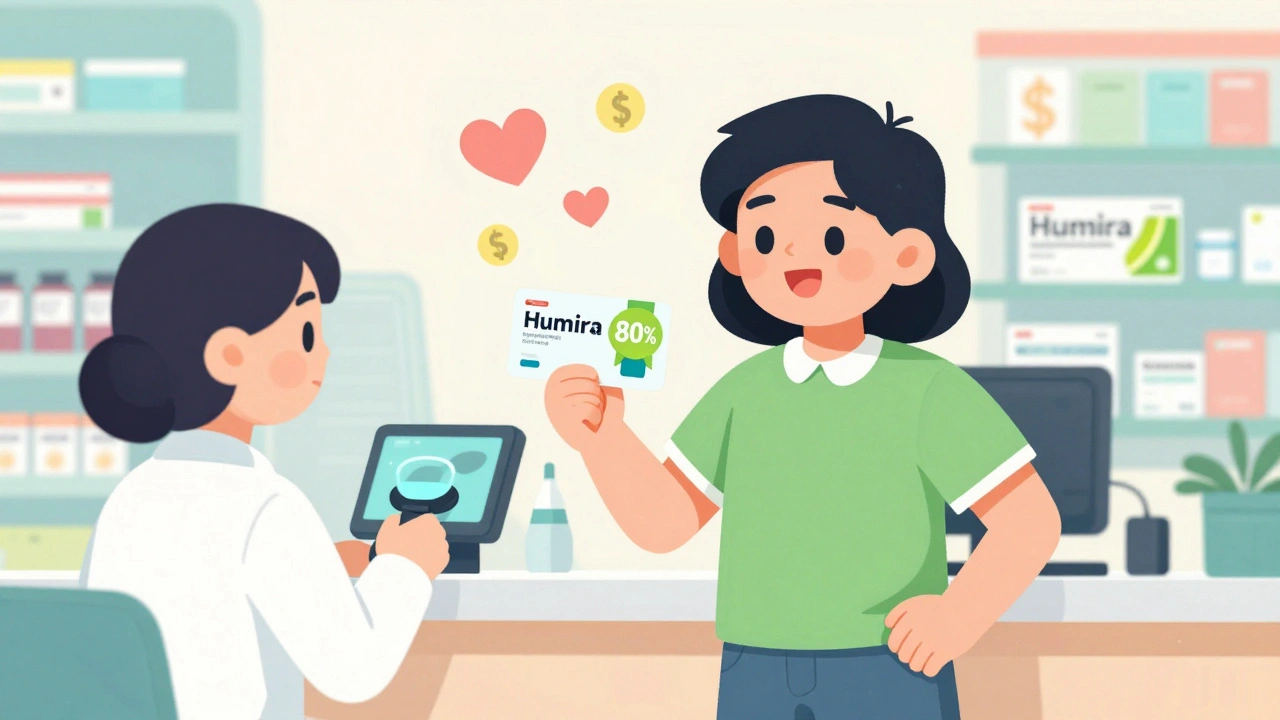
How to Use Manufacturer Savings Programs for Brand Drugs to Lower Prescription Costs
Learn how to use manufacturer savings programs to cut your brand drug costs by up to 85%. Find out who qualifies, how to enroll, and what pitfalls to avoid with copay cards and patient assistance programs.
View More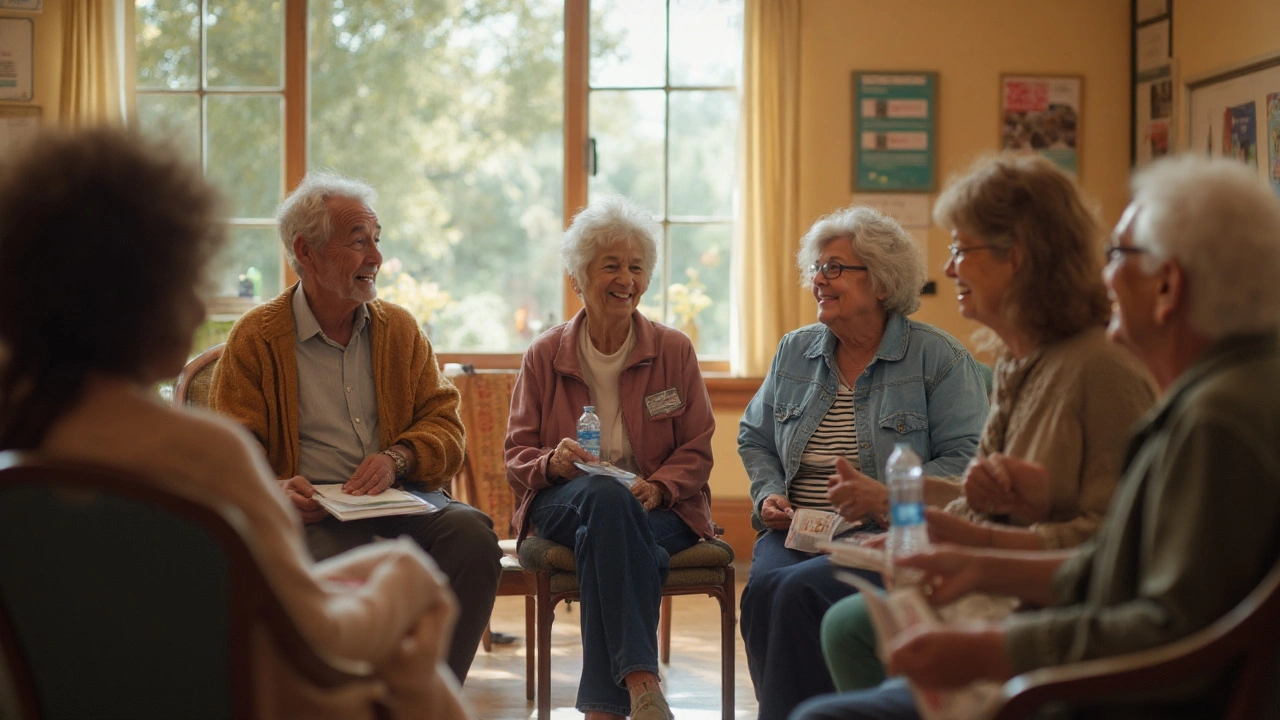
How to Find Overactive Bladder Support and Tolterodine Resources
Practical ways to find trusted support, save on tolterodine, manage side effects, build a care team, and use daily habits that actually help with OAB.
View More
